Clothes
How to Pack Smart for a Golf Holiday
Explore 33,000+ golf courses in 180 countries.
Follow the latest news and trends in golf.
Connect with like-minded golfers.
Find everything you need for your golf equipment and gear needs.
Travel, golf resorts, lifestyle, gear, tour highlights and technology.
All Square
Suggestions
Clothes
How to Pack Smart for a Golf Holiday
Course Reviews
Weekend Golf Escapes by Car from Luxembourg
Course Reviews
Best Clubhouse Restaurants in Europe
Course Reviews
Your Top Destinations For a Last-Minute Christmas Golf Getaway in Europe
Clubs
Hideki Matsuyama WITB Behind His 2025 Hero World Challenge Victory
Amateur Golf
Europe’s Best Pro-Am Golf Events for Amateurs
Course Reviews
Top 10 Par‑3s You’ll Never Forget
Course Reviews
The Architects Behind Europe’s Most Iconic Courses
Destinations
Europe’s Best Resorts for Couples
Contests
The Skins Game: Results & Overview
Community
Rewilding the Rough: Nature-First Golf Design
Course Reviews
The History Behind the Ryder Cup Courses
Abu Dhabi HSBC Championship
Aaron Rai’s Winning WITB at Abu Dhabi HSBC Championship
Course Reviews
The Best Golf Courses Near Pinehurst That Aren’t Pinehurst No. 2
Course Reviews
The Els Club Vilamoura: Golfing Grandeur in the Algarve
Destinations
How to Build the Perfect Golf & Wine Vacation in Spain
Majors
PGA Tour 2026: Season Overview
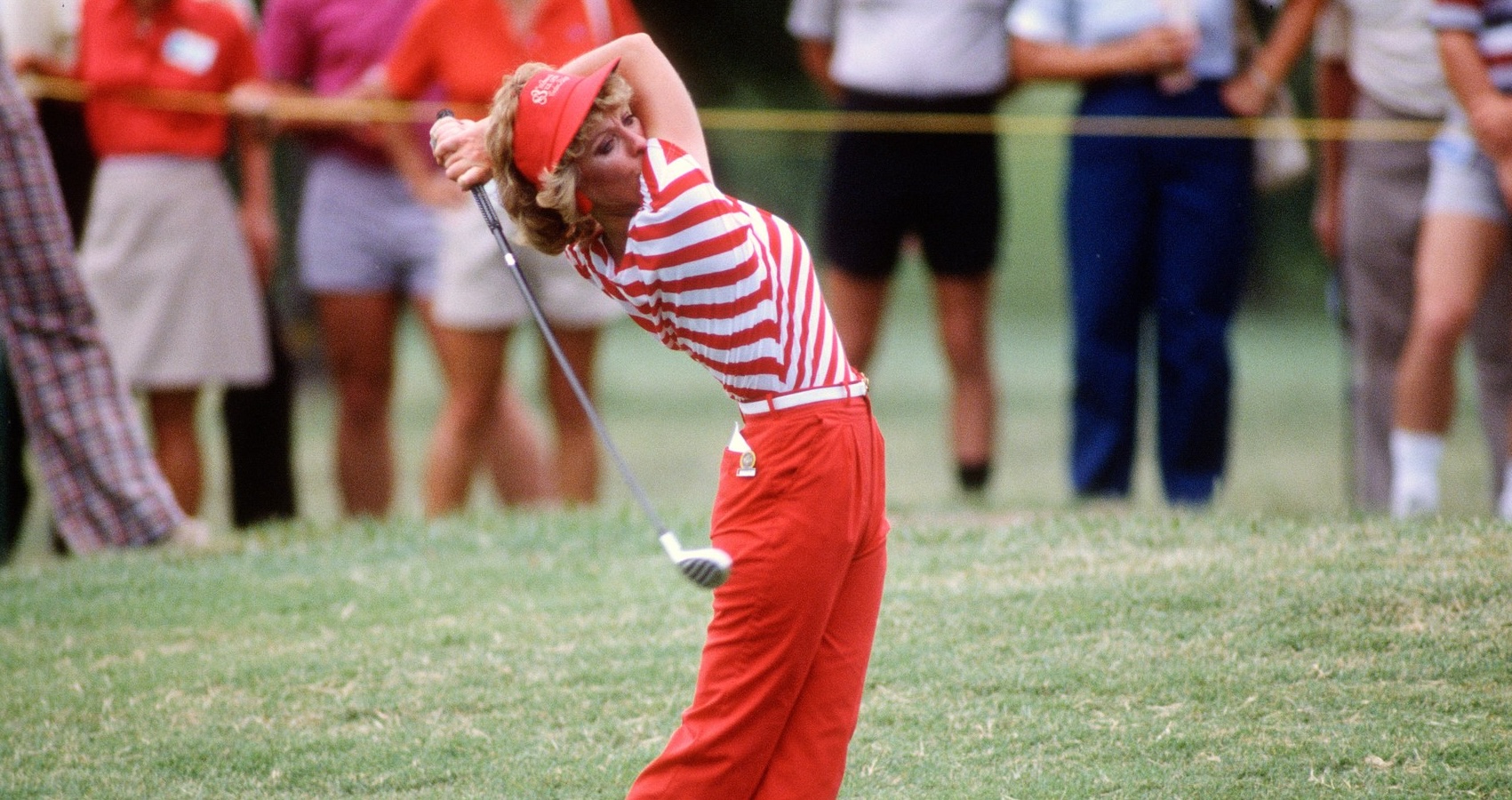
Golf has long been celebrated not only as a sport of precision and strategy but also as a symbol of refinement and social status. Over the centuries, the fashion associated with golf has evolved dramatically, reflecting broader cultural shifts, technological advancements in fabrics, and changing ideas about comfort and performance.
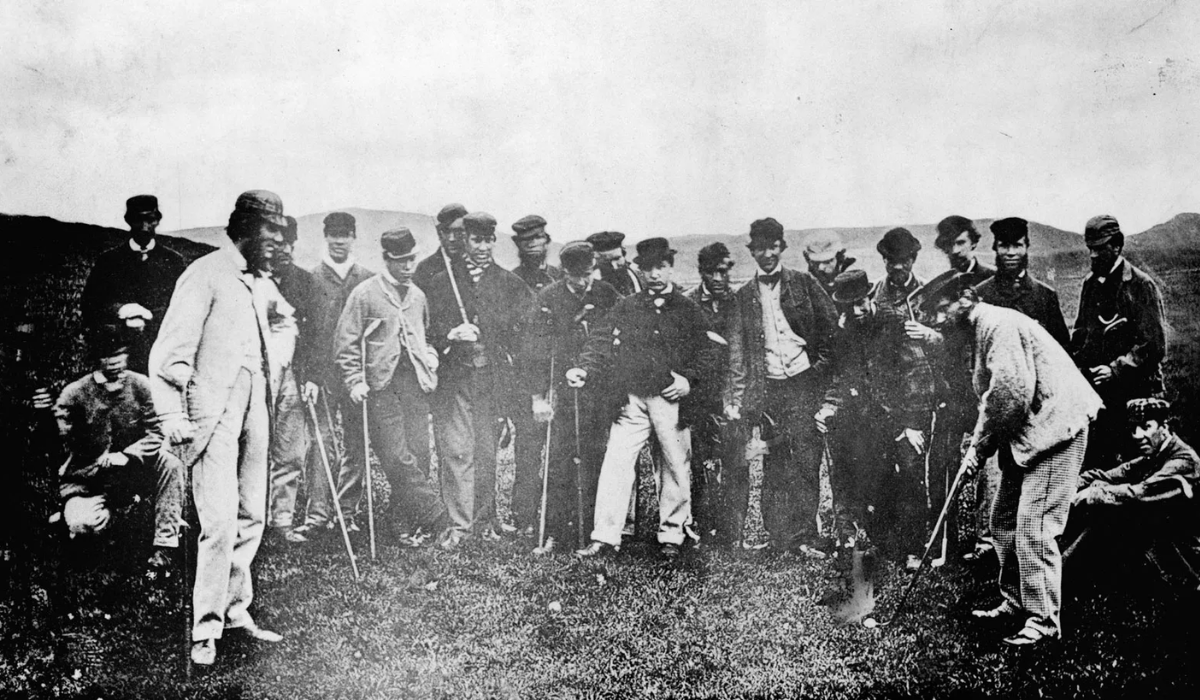
Golf originated in Scotland during the 15th century, and the earliest golfers wore everyday attire suitable for outdoor activity. Men typically donned woollen trousers, heavy jackets, and hats to combat the chilly Scottish climate. These outfits were practical rather than stylish, prioritising warmth and mobility over aesthetics.
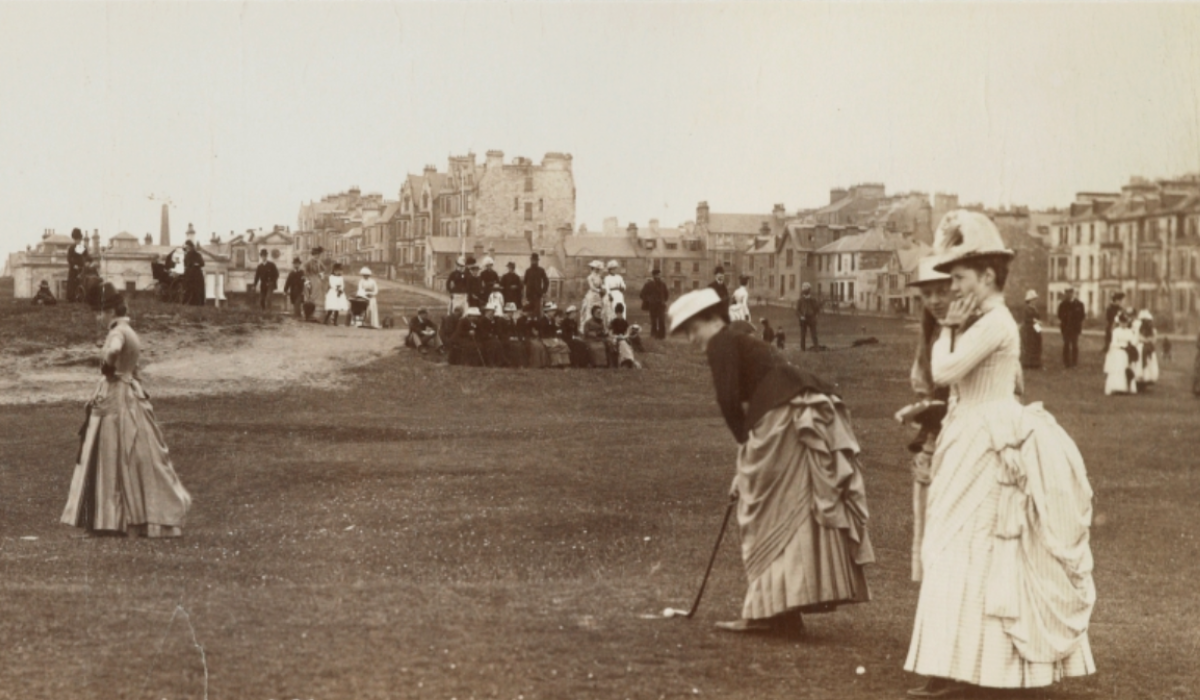
Women’s participation in golf emerged later, around the late 19th century, and their attire was far more restrictive. Long skirts, corsets, and high-necked blouses dominated, reflecting the Victorian era’s modesty standards. The emphasis on modesty often limited movement, highlighting how early fashion was more about social norms than sporting efficiency.

By the early 1900s, golf fashion began to acquire a distinct identity. Men favoured knickerbockers, or plus-fours — trousers that extended four inches below the knee — paired with argyle socks, tweed jackets, and flat caps. These outfits were both functional and stylish, allowing golfers greater freedom of movement while maintaining a sense of elegance.
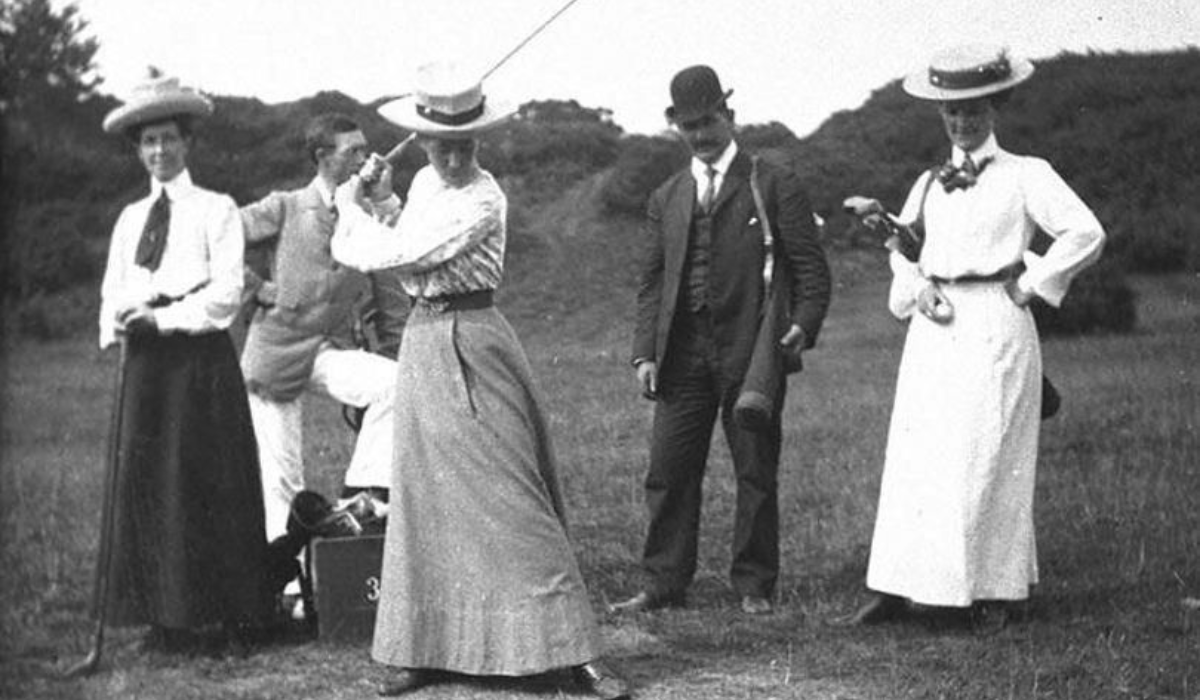
Women embraced split skirts, which resembled pants, allowing easier movement on the course. The rise of private golf clubs also meant that style became a symbol of social standing, making fashion an essential part of the game’s culture. Accessories such as leather gloves, caps, and golf shoes began to emerge as performance-enhancing elements that doubled as fashion statements.
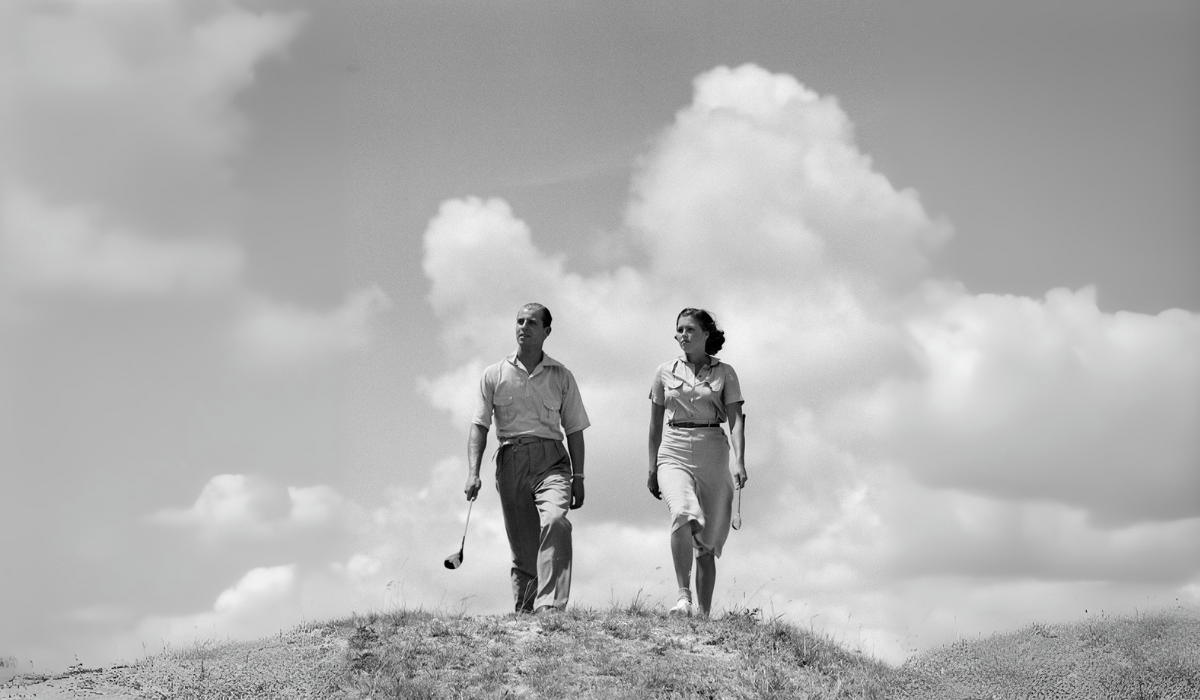
The post-war period brought dramatic changes to golf attire, balancing elegance with practicality. Materials like cotton blends and lightweight wool allowed for more comfortable and flexible clothing. Men’s fashion shifted toward short-sleeved polo shirts and tailored slacks or pleated shorts, emphasising both performance and a polished look. Women embraced knee-length skirts and blouses that allowed more freedom of movement, gradually moving away from restrictive corsets. Iconic brands such as Ping, Dunlop, Ralph Lauren, and Lacoste helped define this era, introducing clothing that blended performance features with a preppy, refined aesthetic. This period marked a turning point where golf fashion began to mirror mainstream trends while maintaining sport-specific functionality closely.
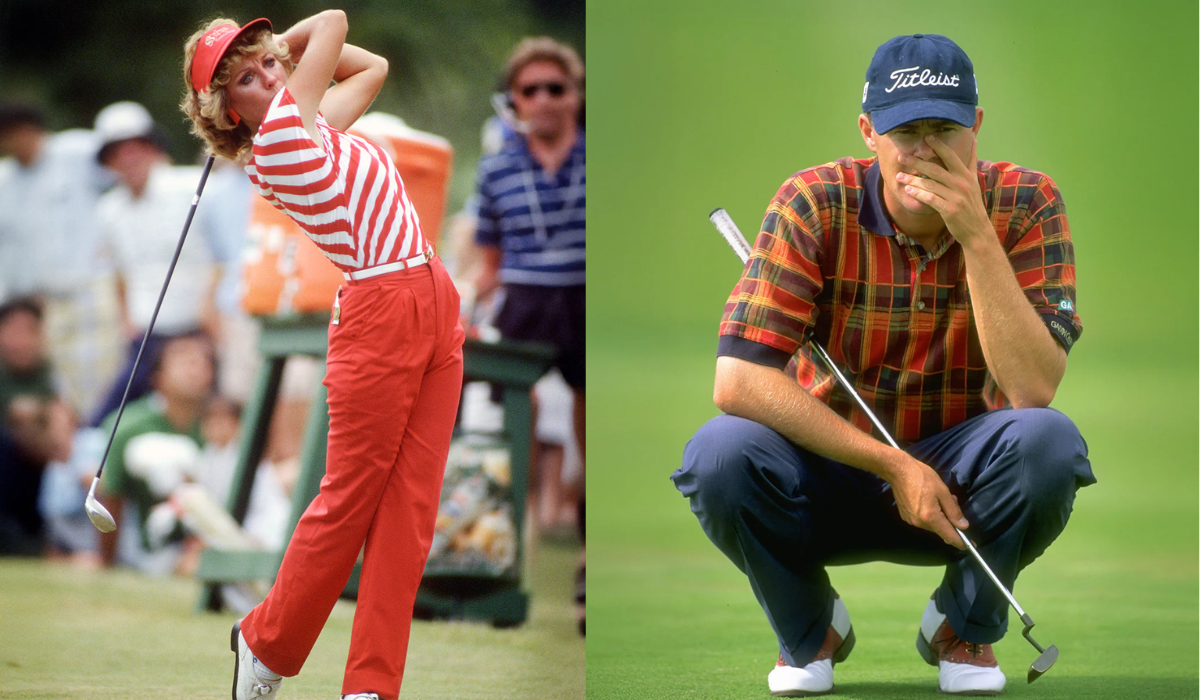
By the late 20th century, golf fashion had evolved to prioritise both performance and visual appeal. Synthetic fabrics, moisture-wicking materials, and stretchable fibres transformed golf clothing into high-tech athletic gear. Today, golfers enjoy options like breathable polos, ergonomic golf shoes designed for stability, and stylish outerwear suitable for all weather conditions. Women’s golf attire also became more versatile, incorporating skirts, skorts, leggings, and fitted tops that balance elegance with comfort. Designers and brands increasingly introduced bold patterns and colours, allowing golfers to express individuality while adhering to club dress codes. The modern golfer can seamlessly combine style, comfort, and cutting-edge performance technology on the course.
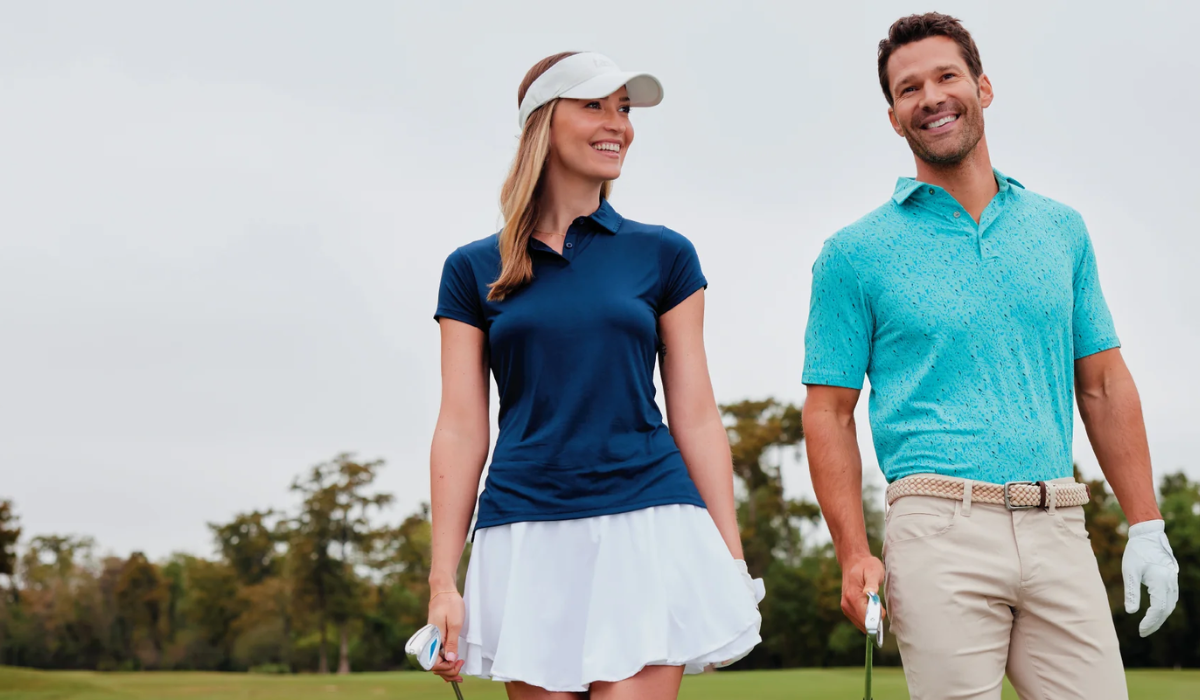
Throughout its history, golf fashion has reflected broader cultural trends, social norms, and technological advancements. From the tailored elegance of the 1920s to the vibrant, colourful ensembles of the 1980s and today’s sleek, high-performance designs, golf attire mirrors societal shifts while retaining its distinctive identity. Modern golfers use fashion not only for functionality but as a way to express personality and taste, balancing tradition with contemporary trends. What we wear on the course today honours the sport’s heritage while embracing innovation, proving that golf fashion is as dynamic and strategic as the game itself.
Shop Golf Clothing at The Golf Store by All Square here
Mastering Golf Course Style: What to Wear for a Winning Look